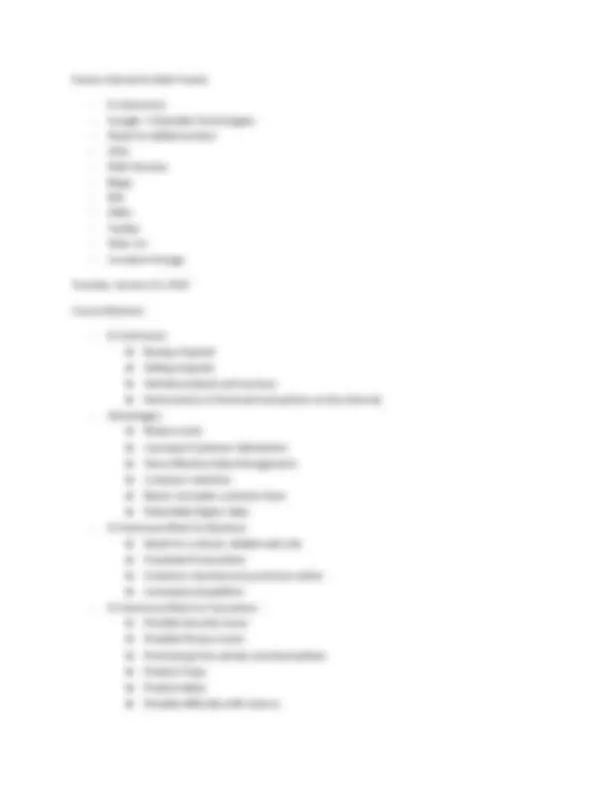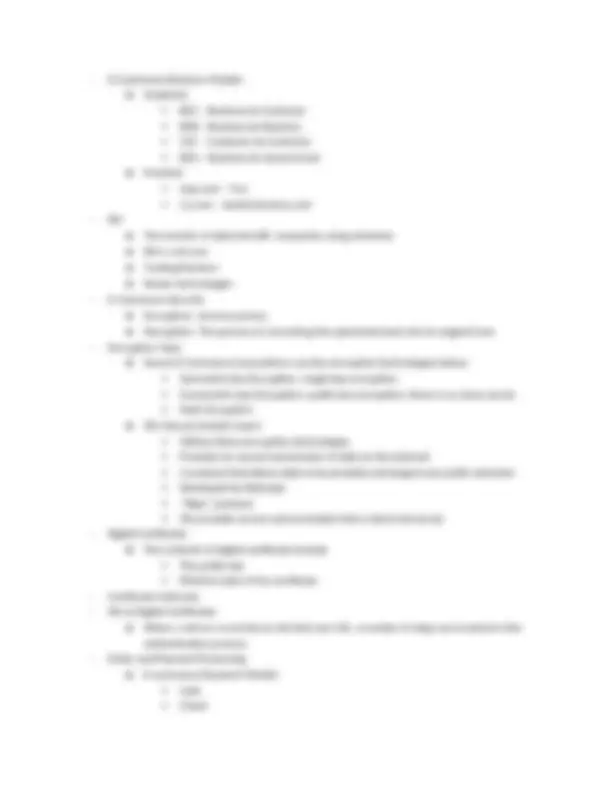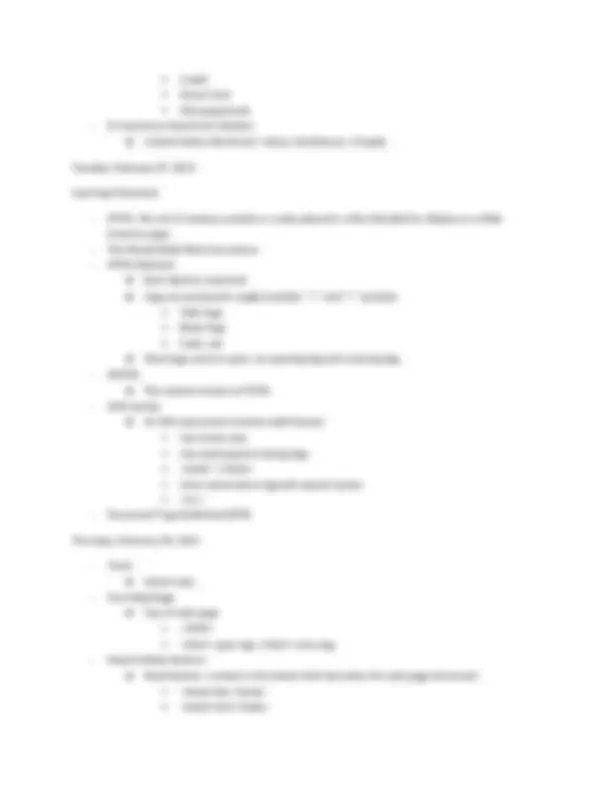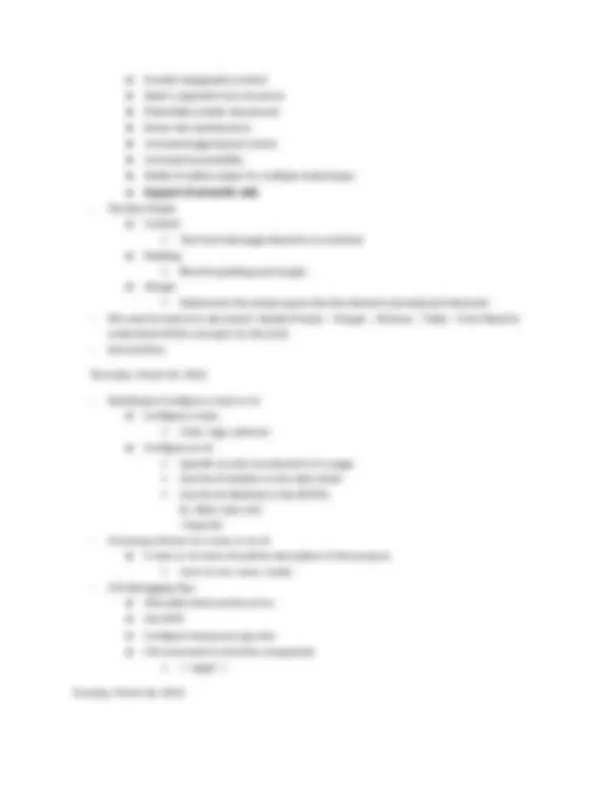







Study with the several resources on Docsity

Earn points by helping other students or get them with a premium plan


Prepare for your exams
Study with the several resources on Docsity

Earn points to download
Earn points by helping other students or get them with a premium plan
Community
Ask the community for help and clear up your study doubts
Discover the best universities in your country according to Docsity users
Free resources
Download our free guides on studying techniques, anxiety management strategies, and thesis advice from Docsity tutors
An overview of various web technologies such as backbone, mime type, internet protocols, markup languages, html5, web design, and e-commerce. It covers concepts like client/server, web client, web server, ftp, email protocols, ip, domain name system, url, and more. Additionally, it discusses e-commerce, its advantages and risks, e-commerce business models, and e-commerce security.
Typology: Study notes
1 / 9

This page cannot be seen from the preview
Don't miss anything!






Backbone
Domain Name is also unique Domain Name System
Credit Smart Card Micropayments
Most widely used: 1024x768, 1280x1024 and 800x Centered page content
o Greater typography control o Style is separate from structure o Potentially smaller documents o Easier site maintenance o Increased page layout control o Increased accessibility o Ability to define styles for multiple media types o Support of semantic web